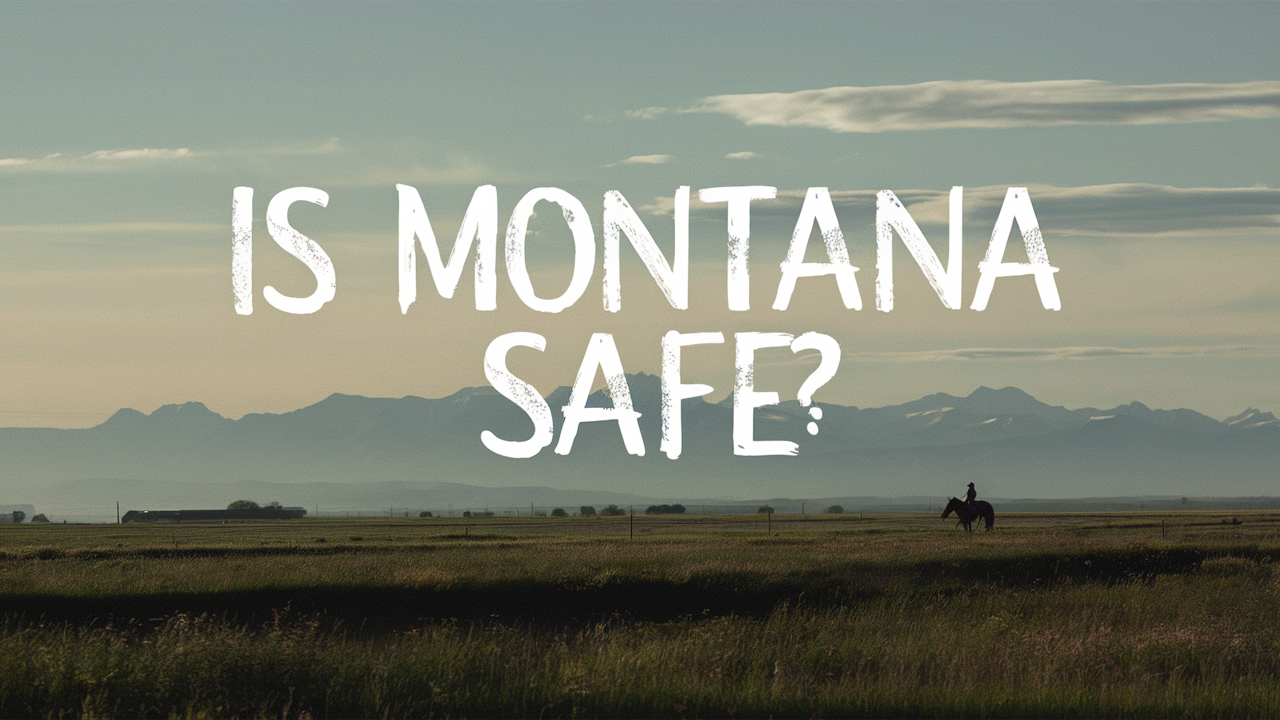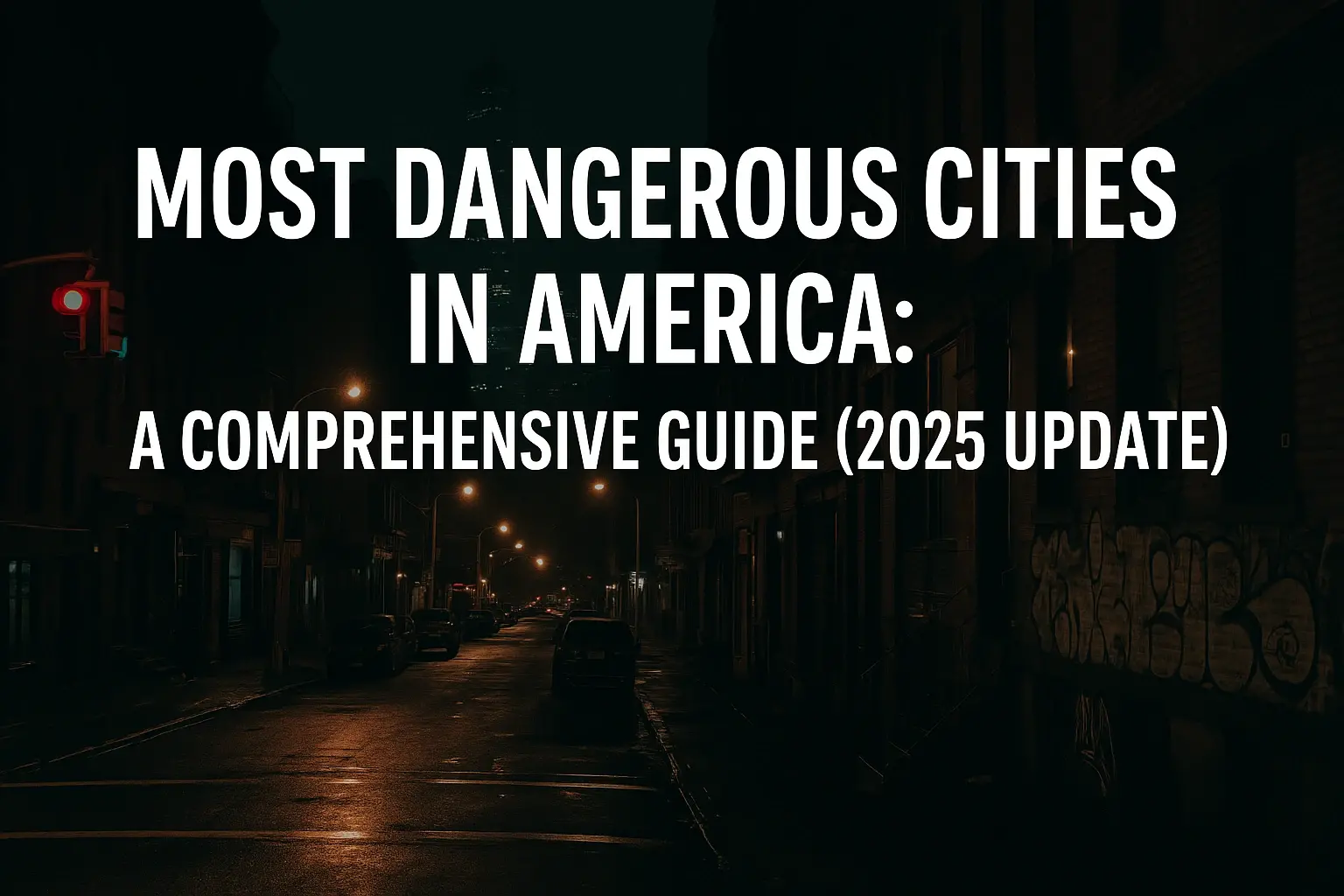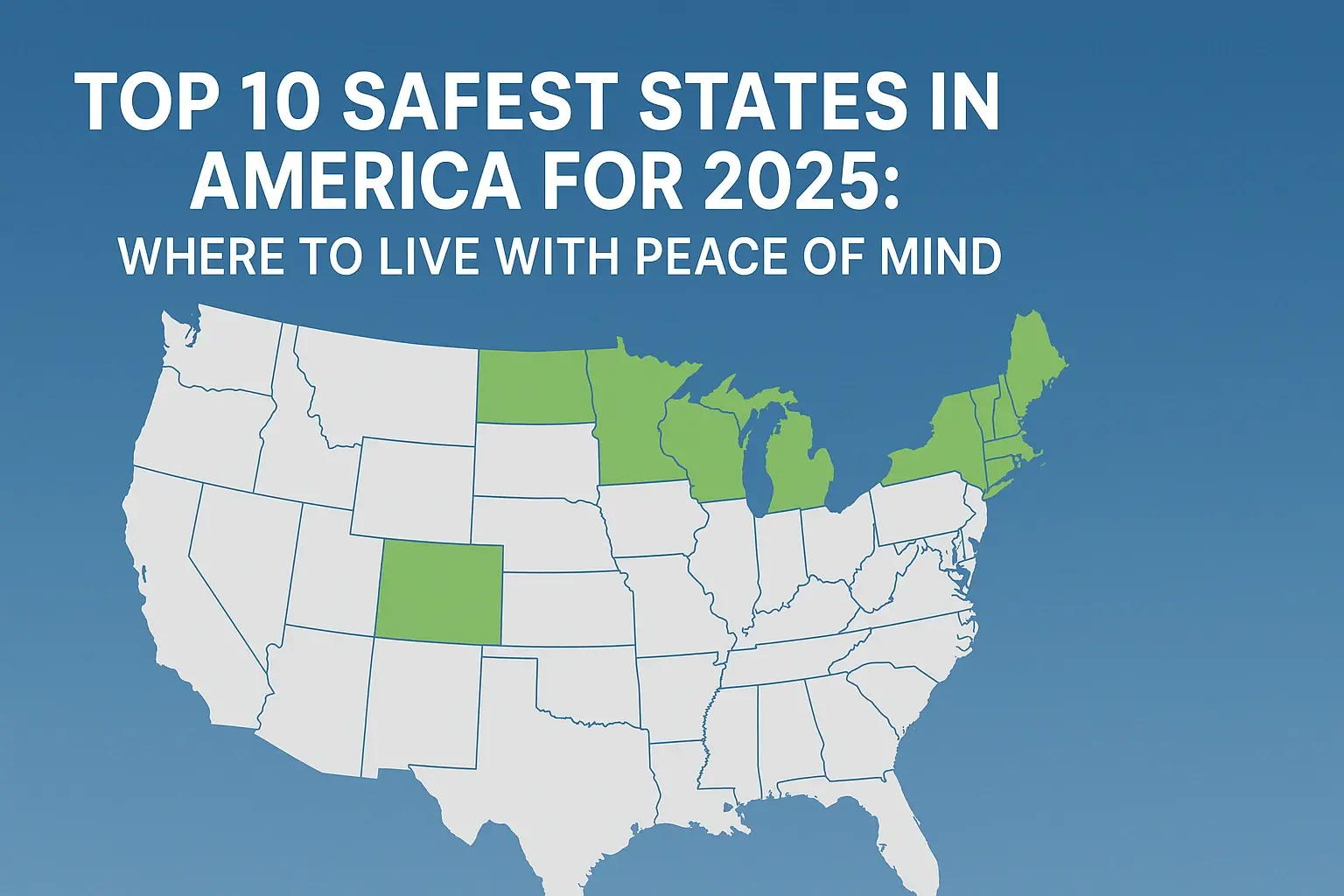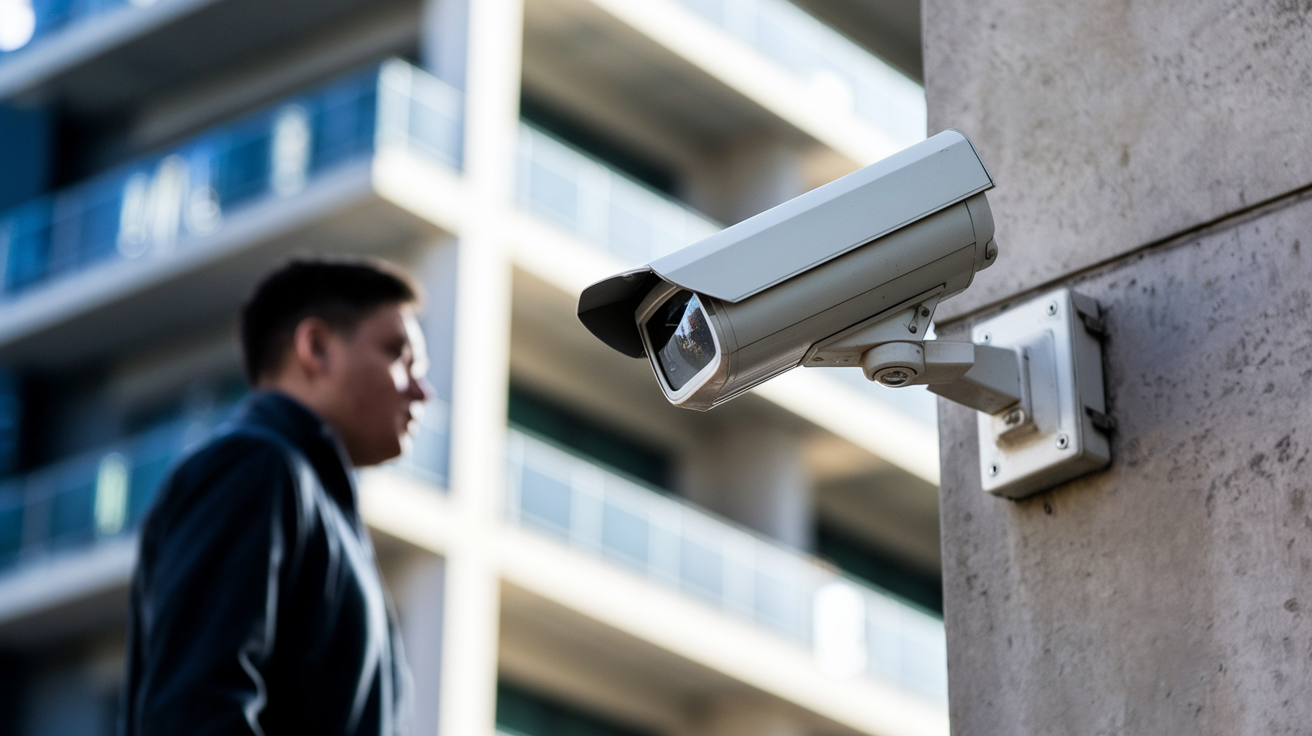Given its large expanses of territory, few residents per square kilometer, and cultural association with bare-boned life in the wilderness, Montana must look like the last place on earth to many. However, even though Big Sky Country is one of the safest states for living in the United States of America, it is important to understand that there is no place on Earth that can be completely safe. If you are interested in knowing the current crime rate, how prone Montana is to natural disasters, what types of wildlife you may encounter, and much more, this could be of great help to you enabling you to make the right decisions while visiting Montana for your vacation.
Crime in Montana
The low violent and property crime rates in Montana relative to the national average also significantly contribute to the strong public safety ratings for that state. Among the ten states with the lowest rates of all the main categories of violent crime—including murder, rape, robbery, and severe assault— Montana's violent crime rate ranks sixth. Furthermore far lower than what is often encountered in other states around the nation are the rates of other property crimes like burglary and theft.
Now let’s take a look at the reasons why Montana does not have much crime, to begin with, first of all, it is very populous and geographically large. The state of Montana has a population of just over 1 million people residing in the 4th largest total area of any state in the United States and therefore there is less opportunity for predators to have a large number of people to prey on except in small concentrated areas. Moreover, Montana has one of the highest gun ownership rates, which is another key factor that helps deter crime. The culture also remains individualistic as opposed to collectivist, which means that people are unlikely to rely on the police or other legal systems.
Based on the overall crime rates relative to Montana, it could be said that Montana’s crime rate is relatively low as compared to the national average, but it’s crucial to understand that crime doesn’t exist equally all over Montana. Crimes are often found to be more prevalent in areas of moderate population density and areas that attract a lot of people. Again resort counties contain some higher rates as did college places like Missoula and Bozeman. Nevertheless, even if we were to consider the ‘high crime’ areas of Montana to be significantly less safe than other areas, they would still be much safer than many urban centers in the United States.
Natural Calamities or Other Acts of God
Located to the east of the Teton and Cascade Mountain Ranges, Montana does not experience severe earthquakes and numerous volcanic actions as is the case with California, Oregon, and Washington. This is the extent to which the state views it as it only deems earthquakes to be potentially dangerous in the SW part of the state near Yellowstone. It should be noted that Montana is however not immune from the impacts of severe weather events risks.
The state of Montana is a part of the Great Plains with an average elevation of over 3,000 feet; thus, it is situated in the direct line of incidence of severe continental fronts that bring in blizzards, tornadoes, hailstorms, thunderstorms, and floods. This Big Sky Country experiences between 30 and 50 days of thunderstorms and over one month of days with heavy fog and frequent wind that can range from 60 to 100 miles per hour. Mean annual snow accumulations vary between 30 inches across the flat region and over 400 inches in the mountainous region. Hot and cold temperature oscillations in the range of more than 104 °F and down to -94 °F pose a risk to life and assets in regions with low development and resilience.
Pleasingly Montana is not threatened by hurricanes and tropical storms but is located right in the tornado region known as Tornado Alley as the state experiences an average of 30 tornadoes per year. The south and central part of the region experiences significant tornado density combined with severe thunderstorms and hail. As for severe blizzard conditions, the northern plains are more exposed to them. Another consequence of flooding is a threat state-wide when the snow melts in the mountains and spring rains fill rivers and streams with poorly developed water-shedding systems.
Wildlife Encounters
Montana has extensive areas of undisturbed virgin land that can support various big animals of the North American region. Wild animals such as bison, elks, moose, mountain lions, grizzly and black bears, and wolves are other wild animals that can be found freely wandering through the forests, parks, and reserves across the state of Wyoming. Though a critical link in Montana’s life cycle, these wild animals are potentially dangerous to man at certain times.
More than 2000 bison are in Yellowstone National Park which wanders through some parts of southern Montana. That is why during a rutting season, the bulls of this kind that weigh 2,000 pounds become rather aggressive and possessive. Moose are also unpredictable and get aggressive just like the caribou when they are protecting their young ones. However, the most significant risks are associated with the big cats of Montana, and the following discussion will focus on them. A wolf is a shy animal that is very selective in whom it attacks, but it is known to be protective of its pets. However, grizzly and black bears are involved in fatal attacks about once every two years in the state.
They are also not rare in the wild areas as well as there are mountain lions and the likes. But whereas rattlesnakes, though venomous, are usually shy and avoid confrontation, the state of Montana ranks high for the density of reptiles in the United States. Bites are very frequent each summer and can present a problem that demands medical attention. That’s why it is important to learn about the behaviors of various wild animals and avoid behaviors that may trigger attacks or aggression, whether a person is a beginner or a very experienced and well-equipped outdoorsman.
In Closing
Comparing safety and risks in Montana to the rest of the nation gives the impression of the state as a very safe place, however. However, recognizing that such risks are genuine as a result of severe weather, dangerous animals, and certain areas with higher crime levels is more accurate. Nevertheless, Montana’s safety profile remains a first when compared to the general trends in other states. Using simple personal protection and caution, the people who visit this area and those who live here are free to go through Big Sky country without much incident. Nevertheless, let me recall that this stormy and severe country has a small tolerance for recklessness. But with the right smarts and courtesy, however, Montana offers as much a frontier thrill as it is safe.







